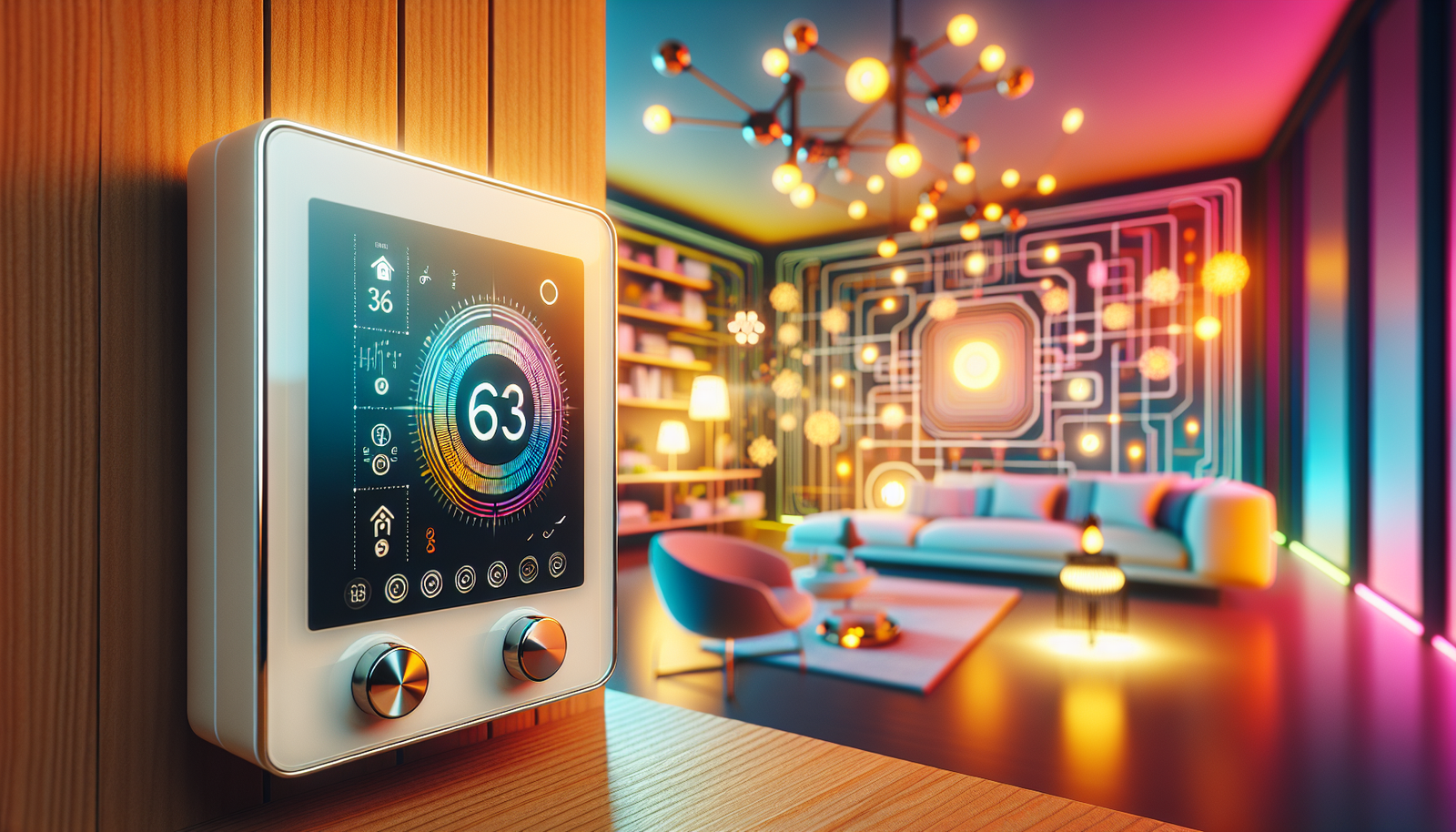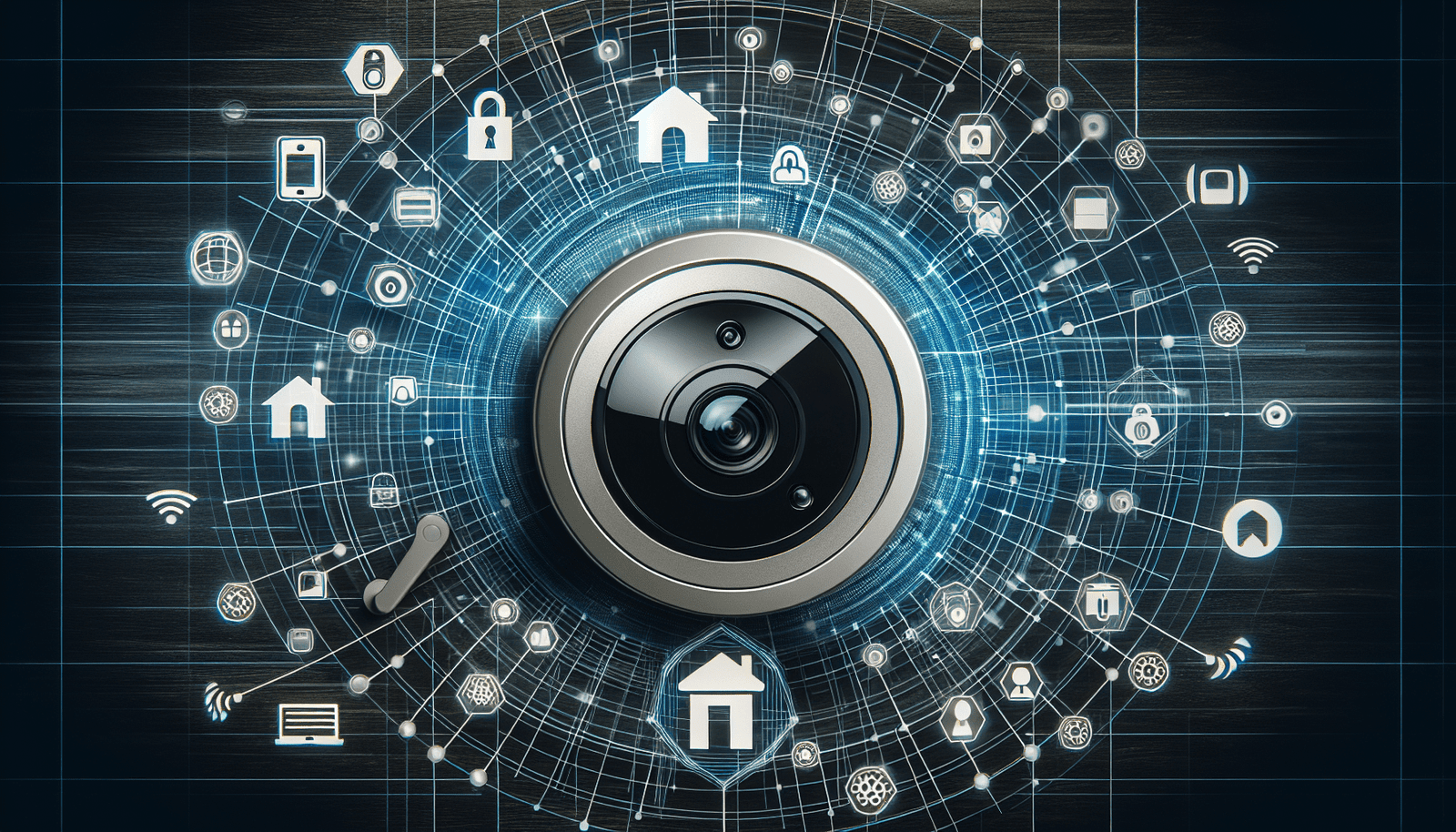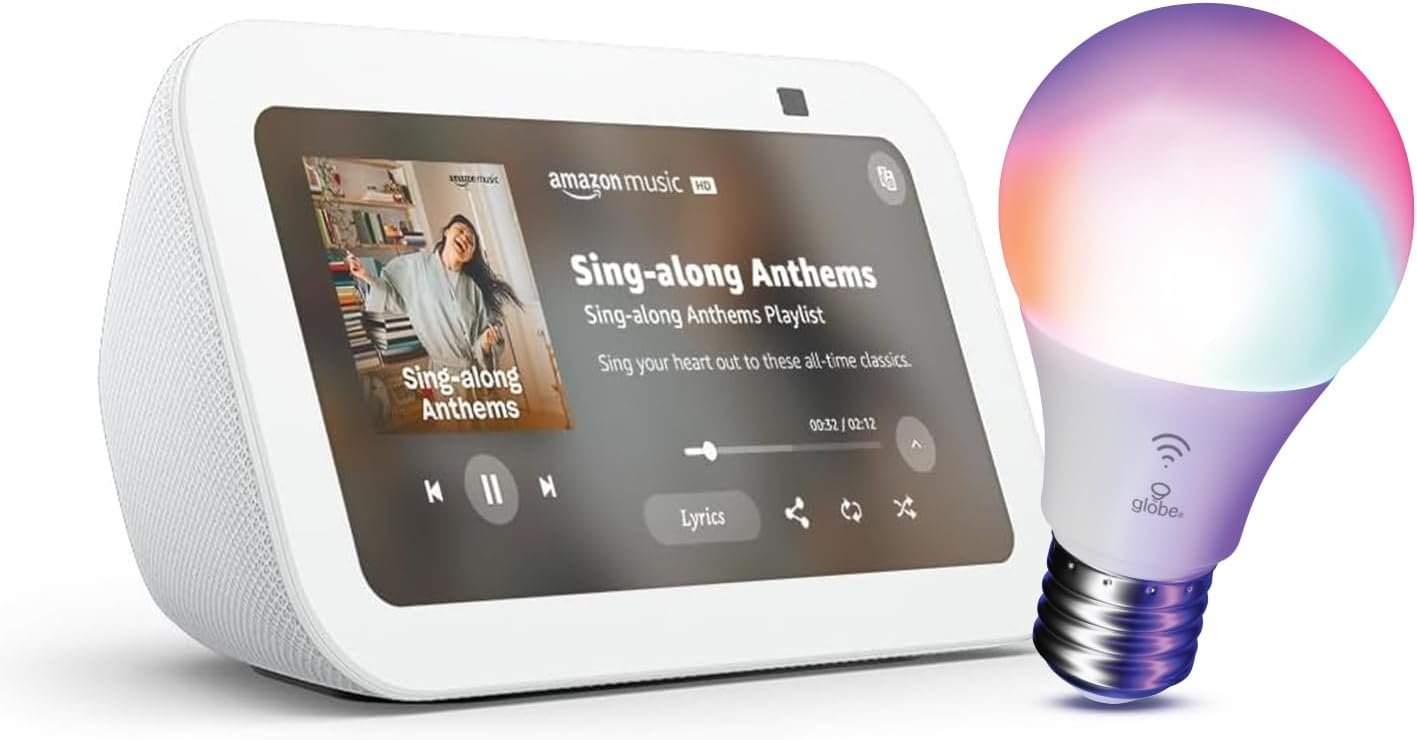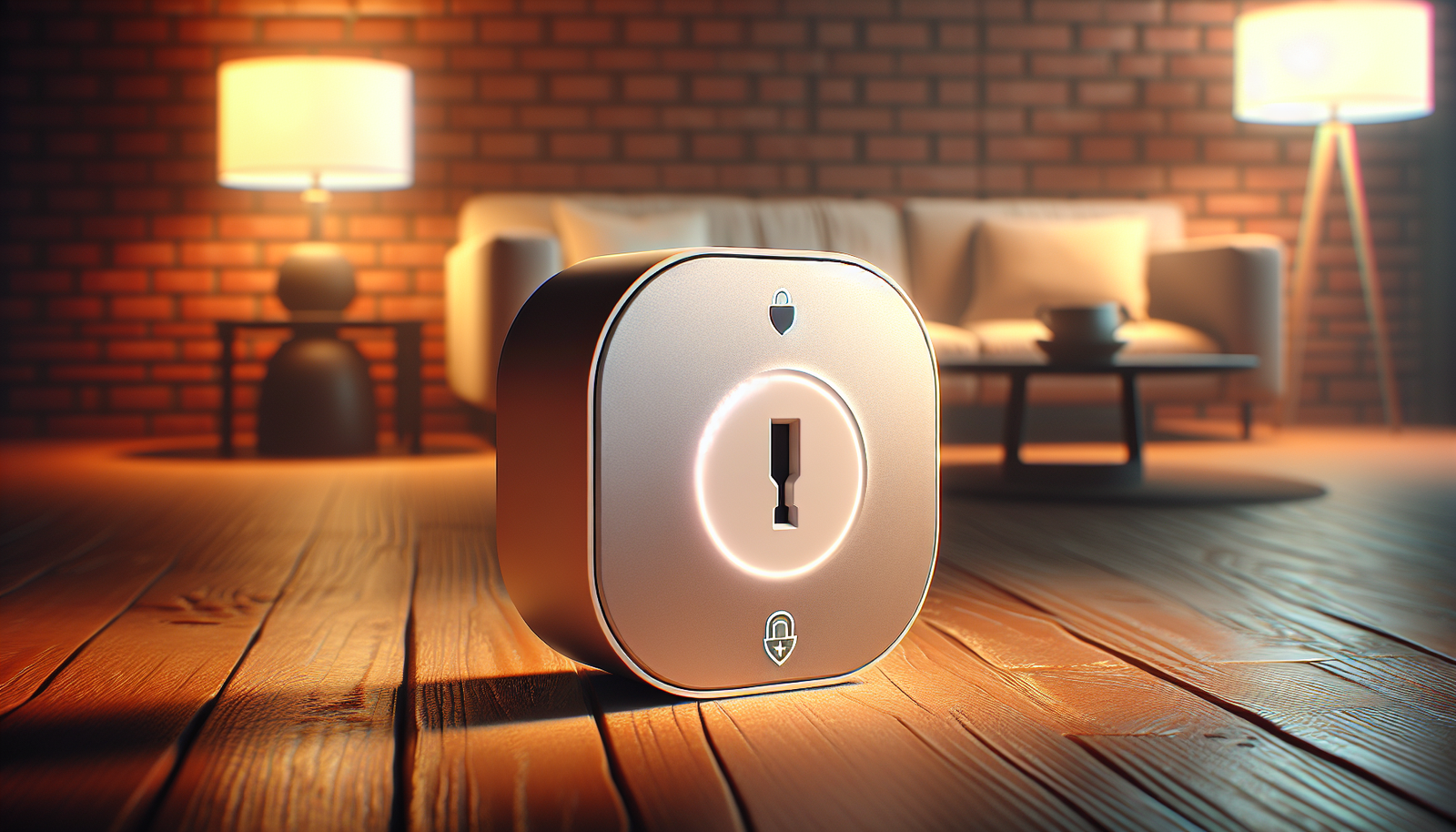Have you ever found yourself wondering how to make your home smarter without breaking the bank? Well, you’re not alone. With technology advancing at a rapid pace, many people are searching for efficient ways to create a connected living space that doesn’t just improve comfort but also energy efficiency. This exploration of smart home energy management tips will guide you through the process of transforming your house into a smart haven, where every device works in harmony to enhance your everyday life.
Understanding Smart Home Technology
Smart home technology has revolutionized the way we interact with our living spaces. By integrating smart devices, you can control various aspects of your home with the touch of a button or even a simple voice command. This technology not only promises convenience but also aims to enhance energy efficiency and security.
What Is Smart Home Technology?
Smart home technology refers to a range of devices and systems that automate and enhance household functions. These devices often utilize the internet to communicate, enabling you to control them remotely. From smart thermostats and lighting to security systems and voice-activated assistants, smart home technology offers an array of solutions to modern home challenges.
Key Benefits of Smart Homes
The primary advantages of smart home living include increased convenience, better energy management, enhanced security, and long-term cost savings. With the right devices, you can tailor your home’s functionality to suit your lifestyle, ensuring a more comfortable and efficient living environment.
Cost and Value Considerations
Investing in smart home technology may seem daunting at first, but understanding the cost implications and potential value can help you make informed decisions.
Initial Setup Costs
While the initial investment for smart home technology can vary, it’s crucial to account for both the devices and potential installation services. Some smart devices are designed for easy DIY setup, making them a cost-effective choice for renters and homeowners alike.
Long-term Savings and Return on Investment
Smart devices often lead to significant energy savings over time. For example, smart thermostats can optimize your home’s heating and cooling, reducing energy bills. Calculating these potential savings can help you assess the long-term financial benefits of your investment.
Comparison of Smart Devices
Choosing the right devices is key to optimizing your smart home. Here’s a comparison of popular smart home devices to help you decide which best suits your needs:
| Device Type | Features | Average Cost | Benefits |
|---|---|---|---|
| Smart Thermostat | Remote control, energy usage reports, learning features | $100-$250 | Reduces energy bills, improves comfort |
| Smart Lighting | Dimmable, color-changing, remote scheduling | $15-$150 per bulb | Lowers electricity costs, enhances ambiance |
| Smart Plugs | Remote control, energy usage tracking | $20-$50 per plug | Provides convenience, saves energy |
| Smart Security Systems | Surveillance cameras, door/window sensors, alarms | $200-$500+ | Enhances home security, offers peace of mind |
| Voice Assistants | Hands-free control, integration with other devices | $30-$150 | Increases home automation capabilities |
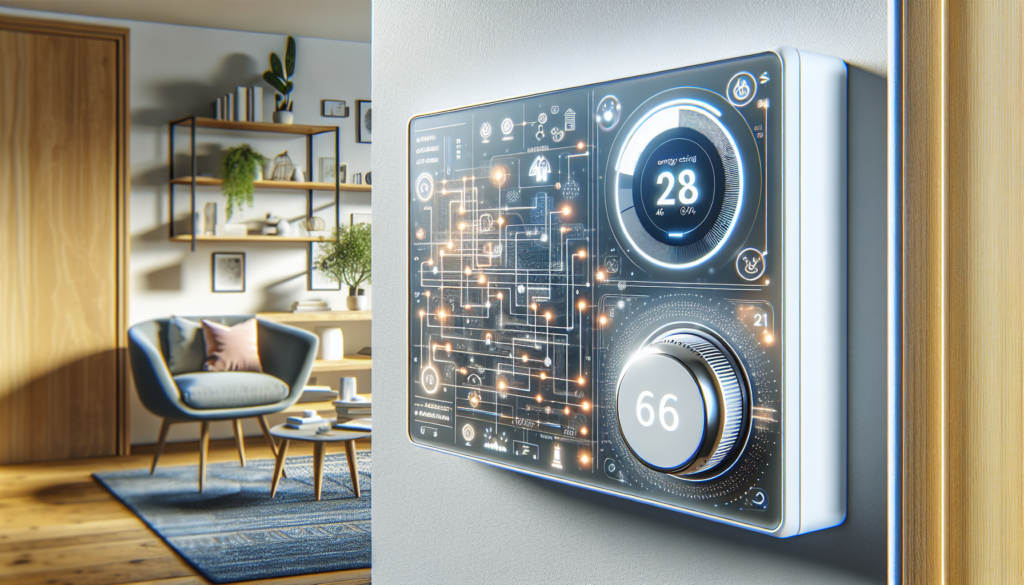
Practical Setup Guides
Once you’ve selected your devices, integrating them into your home requires a strategic approach to maximize their benefits.
Step-by-Step Installation Guide
-
Planning: Identify areas where smart technology can provide the most benefit. Consider starting with devices that have immediate energy-saving potential, like a smart thermostat or smart plugs.
-
Device Placement: Ensure that devices are placed strategically to maximize their functions. For smart lighting, choose rooms where lighting usage is high.
-
Integration with Hubs and Platforms: Use a smart hub or platform like Google Home, Amazon Alexa, or Apple HomeKit for seamless device integration and control.
-
Network Stability: Ensure your home Wi-Fi network is robust, as many devices will require consistent internet connectivity to function optimally.
-
Energy Monitoring: Use smart plugs with energy monitoring features to track and optimize energy use across various appliances.
Maintenance Tips for Longevity
Regular updates and maintenance are essential for the longevity and effectiveness of smart devices. Keep your device firmware updated and routinely check Wi-Fi connectivity to ensure integrations remain stable.
Security and Privacy Factors
With smart home technology, security and privacy should be at the forefront of your implementation strategy.
Potential Risks and Safety Features
Smart devices, while convenient, pose certain risks such as hacking and data breaches. Invest in devices with built-in security features like encryption and allow automatic updates to protect against vulnerabilities.
Best Practices for Safe Use
-
Secure Your Network: Use strong, unique passwords for your Wi-Fi network and smart device accounts.
-
Enable Two-Factor Authentication: This adds an extra layer of security for accessing your smart home systems remotely.
-
Regularly Monitor and Update: Keep an eye on connected devices and promptly address any alerts or updates.

Energy Efficiency and Sustainability
A smart home offers the potential for remarkable energy efficiency, helping not only your wallet but also the environment.
Reducing Energy Consumption
Smart devices allow for precise energy management. With smart thermostats, you can create efficient heating and cooling schedules based on your routine, reducing energy consumption substantially.
Sustainable Living Practices
Incorporating smart technology promotes sustainable living by reducing energy wastage. Smart irrigation systems can optimize water usage in gardens, while smart appliances often feature eco modes for minimal power consumption.
Compatibility and Connectivity
Ensure your smart devices can communicate effectively and operate without unnecessary complications.
Interaction with Platforms and Voice Assistants
Most smart devices are designed to work with major platforms like Amazon Alexa, Google Assistant, and Apple HomeKit. Ensure compatibility with your preferred platform to streamline device communication and control.
Interoperability with Other Devices
Consider the ecosystem of your smart home. Choosing devices from manufacturers that prioritize interoperability will often result in a more harmonious and user-friendly setup.
Future-Proofing and Innovation
Technology is constantly evolving, so preparing your home for future advancements can save you time and money.
Emerging Trends in Smart Home Technology
Stay informed about trends like the integration of artificial intelligence, improved energy storage solutions, and enhanced connectivity protocols. Advanced AI can make homes even more personalized and responsive, while better batteries can make devices more efficient.
Planning for Upgrades
Design your smart home setup with flexibility in mind. Modular systems allow for easy upgrades and component replacements as technology advances.
Conclusion: Is a Smart Home Right for You?
Deciding whether to adopt smart home technology depends on your personal priorities and lifestyle. Evaluate your needs, budget, and the potential long-term benefits of enhanced energy efficiency and convenience. By embracing smart technology, you can create a safer, more efficient, and enjoyable home environment.
The world of smart home technology is vast and ever-changing, but with the right knowledge and approach, you can effectively navigate it to meet your specific needs. Whether you’re a tech enthusiast or simply looking to reduce your carbon footprint, smart home energy management can offer significant improvements to your day-to-day living.
